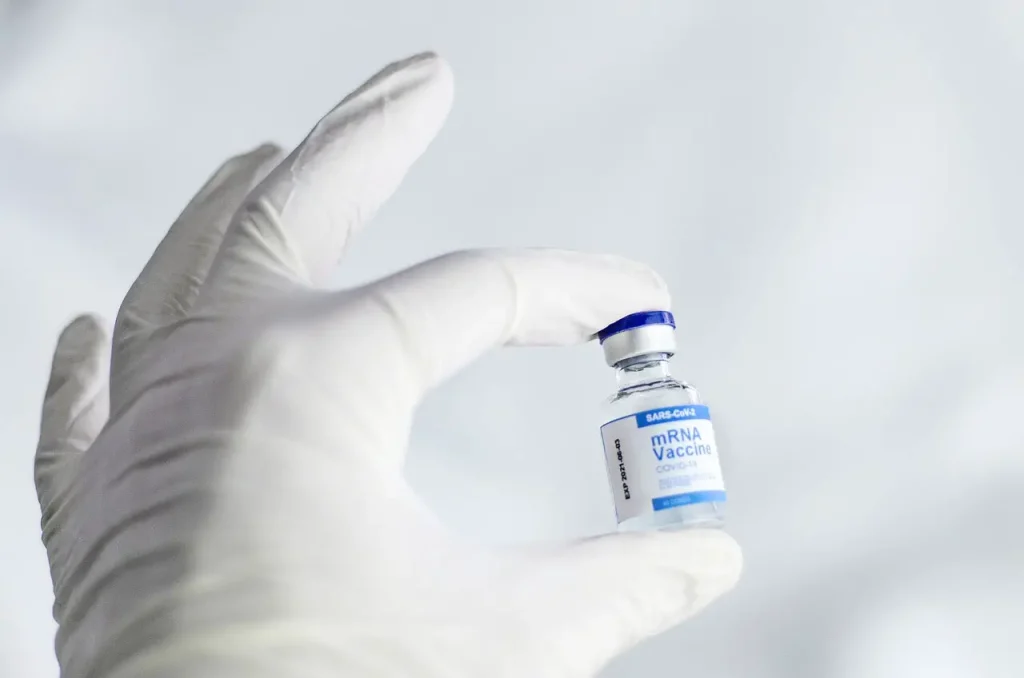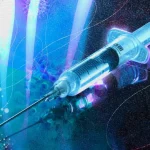Jutarnji List reports that in the second phase of vaccination, which ended in most parts of the country, only 38.6 percent of people over the age of 65 were vaccinated. However, according to data provided by the Croatian Institute of Public Health, the vaccine was offered to everyone.
According to estimates, 853,784 people over the age of 65 live in Croatia, and at least one dose of the vaccine was received by 329,367, or 38.6 percent, according to the CNIPH. Only 6.6 percent of those over 65 received both doses of the vaccine, but they are expected to receive a second dose. These are data until April 12.
Thus, a few days before the end of the second phase of vaccination, as many as 61.4 percent of people over 65 did not receive the vaccine.
While CNIPH did not explain why, experts are convinced that most of the problem lies in the fact that vaccination candidates have massively refused to receive the AstraZeneca vaccine, which Croatia had the most of.
In short, at the time we start the third phase of vaccination, which includes the general population and priority vaccinations of employees in certain sectors, such as tourism and education, Croatia’s seniors are not vaccinated satisfactorily.
A bad image of this vaccine has been created in the public, which is why all HZJZ vaccination lines are overwhelmed by calls for rejections for AstraZeneca.
“People are ready to be vaccinated, but when they are told that they will get AstraZeneca, they give up; that is, they say that they will wait for another vaccine. Initially, after the approval of AstraZeneca, it was rejected only by the elderly because then it was questionable whether it affects people over 65. After the story with clots appeared, the vaccine is also rejected by the younger ones,” said HZJZ unofficially.
The Ministry of Health also confirmed a few days ago that the problem is with people refusing the AstraZenecina vaccine.
“Irrespective of when the application is registered on the cijepise.zdravlje.hr platform, senior citizens and patients with chronic diseases have priority, and invitations to young people and those without chronic diseases are sent only in case those from the priority groups refuse to fill the capacity of the mass vaccination point at the Zagreb Fair. This is the sole reason for getting an appointment at a mass vaccination point with individual citizens from the younger group concerning the priority group. Such a principle will be followed in the next calls for vaccinations at the checkpoint,” said the relevant Ministry.
In the priority phase, which ended a long time ago, 52,449 health workers were vaccinated, or 71.4 percent of them, which means that almost every third health worker was not vaccinated.
“The highest vaccination coverage was achieved for people aged 80 and over, of whom more than 44 percent received the first or second dose,” said the CNIPH.
The data show that confidence in the vaccine declines with age. Thus, the highest share of vaccinated is among those over 100 years of age: out of 142 of them living in Croatia, 84 or 59 percent were vaccinated. Half of our citizens aged 95 to 99, of whom there are 1,630, were vaccinated, while 48 percent of those aged 90 to 94 were vaccinated. The least vaccinated in the priority group are those aged 65 to 69, where only 73,979 or 28 percent of the total of 267,320 have been vaccinated so far. Confidence in the vaccine grows with age so that the next monitored age group of 70 to 74 has a vaccine share of 43 percent.
Prime Minister Andrej Plenković pointed out that the goal is to vaccinate 55 percent of the total adult population by July 1. Is this possible with such a response?
“Our goal is to vaccinate more than 50 or 55 percent of the adult population with the first dose by at least July 1, and with those that have recovered, we could talk about very significant protection of the population from COVID-19,” said the Prime Minister.
But to reach that percentage, they would have to vaccinate 17,747 citizens a day. It is logistically feasible, given that Zagreb alone can vaccinate ten thousand people a day, but the question is whether there will be enough interested people. Only about 150,000 citizens are registered on the cijepise.zdravlje.hr platform, and the numbers are as follows: According to the latest CBS estimate, Croatia has slightly less than 3.4 million adult citizens (3,364,426), and 55 percent of that number is 1,850,434.
When the already vaccinated are taken away, it follows that 1,331,059 citizens should be immunized by July 1. Despite all the problems, it is positive that many additional doses of the Pfizer vaccine have been procured, which citizens are more inclined to get. According to the latest data, 1.8 million doses of the vaccine should arrive in Croatia by the end of June.
“Pfizer has increased the availability of vaccines for Croatia. From the fourth week of April, these doses will be significantly higher, or about 100 thousand doses; in May, Croatia will receive 175 thousand doses, and in June, 200 thousand doses per week. We will receive a total of 1.805 million doses by the end of June,” said the director of the CNIPH, Krunoslav Capak.
For more about Covid-19 in Croatia, follow TCN’s dedicated page.












